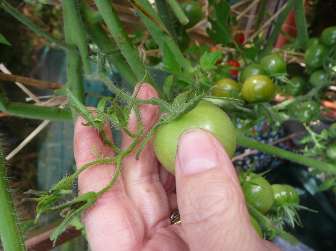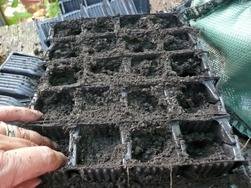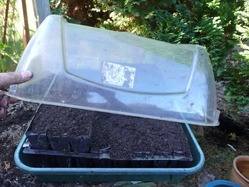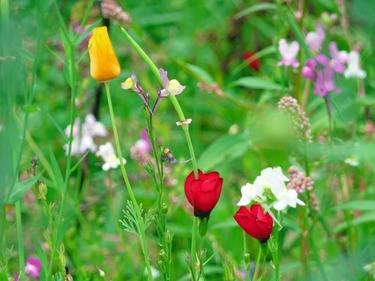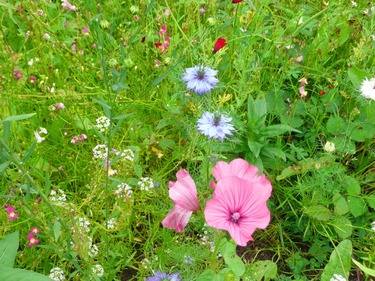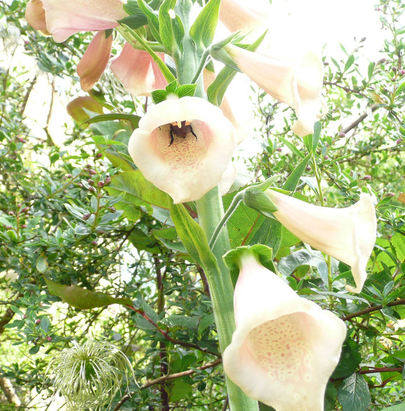How to get a second crop of broad beans
Posted on
|
It maybe October, but today I have been busy picking the second crop of broad beans. It's really good to have fresh broad beans this late in the year and it's easy to produce a second crop, especially in a good summer. This is a tip for next year but worth bearing in mind if you like broad beans and are already thinking about what to grow next year. These images were taken today, just before posting this blog on 5.10.2013. You will see in the image top left, the new growth on the broad beans is lush and green. The image in the centre left shows the tender new beans. To get a second crop you need to take stock of the bean plants during the summer. In mid to late summer, around July , after many plants had cropped well and some of the foliage was looking tired, I cut some of the beans back, down to around 15-20cms and during the rest of the summer the beans put on new growth. Since it has been such a good summer, this allowed new flowers to form and now, throughout September and into October a new, light crop of beans. I have left some older plants to grow on so that the mature bean pods can dry out for seed gathering, shown in the last image bottom left. Broad beans are very vigorous and have grown back strongly after being cut back, and with the benefit of good weather, the plants have formed a second late crop. If I had been sufficiently organised to feed them as well I am sure the crop would have been even better, but there is never enough time for everything. And on the subject of vigorous plants so too are tomato plants and even though it's late in the year, they will carry on growing, side shoots, more leaves and taller, none of which is needed at this time of year. Keep cutting off the top growth, side shoots and excess leaves. Also, as clearly not all the tomatoes will have time to swell and mature, it's best to cut off the tiny tomatoes so that the plant's energy is channelled into the remaining fruit. In the images below, on the left the tomato has old flowering shoots and some small fruit; and on the right they have been removed.
|
|
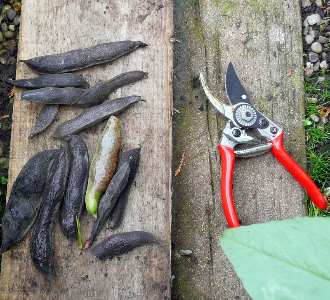 |

